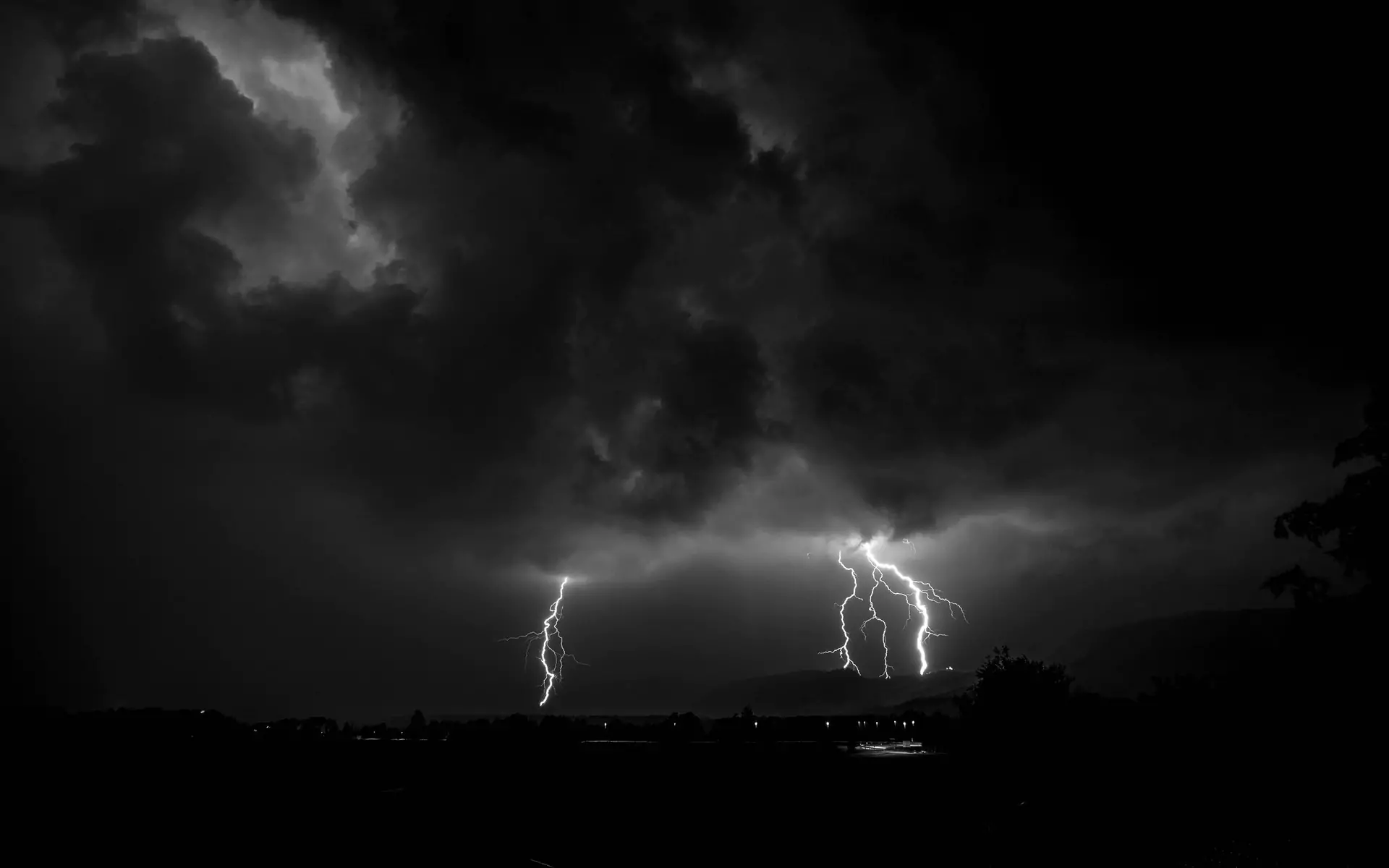The heat of the sun & the Earth's atmosphere interact on a continuous basis to produce weather. Uneven heating causes a complex system of wind flows. There are three major circulations of air that result from solar heating of the atmosphere.
Hadley cells (named after scientist George Hadley) refer to circulations of air taking place in and near the tropics. Air in the tropics (between 23.5 degrees latitude north and south) is heated and rises. It spreads out when it encounters the tropopause and much of this air falls back toward the ground at about 30 degrees north and south. It displaces air when it sinks, and the displaced air flows back to the equatorial regions to complete the cycle.
Similar circulations occur between 30 and 60 degrees north and south (Ferrel cells) and in the polar regions (polar Hadley cells).
Interestingly, these air flows don't move in a straight north-south direction. The rotation of the Earth results in what is called the Coriolis effect. Any freely moving object or fluid appears to turn right to the direction of motion in the Northern Hemisphere and to the left in the Southern Hemisphere. The Coriolis effect is named for Gustave-Gaspard de Coriolis who first identified it in 1835.
Air tends to flow toward an place of low pressure, but the Coriolis effect deflects the air. It ends up establishing an equilibrium by creating a circular movement, or a cyclonic flow. Air flows roughly low pressure areas in a counter-clockwise direction in the Northern Hemisphere, and a clockwise direction in the Southern Hemisphere. Air flow around high pressure systems is the opposite of this.
If Earth did not rotate, then air would quickly flow along straight lines and air pressure would be quickly equalized. The Coriolis effect is exactly zero at the equator. Therefore, cyclones rarely form on the equator and rarely travel towards the equator. The Coriolis effect is best at the poles.
